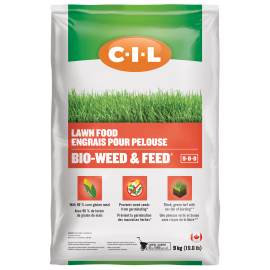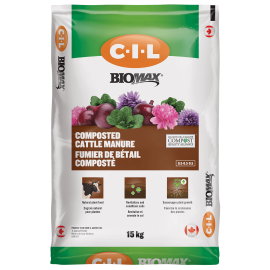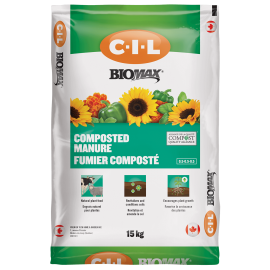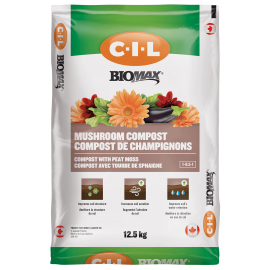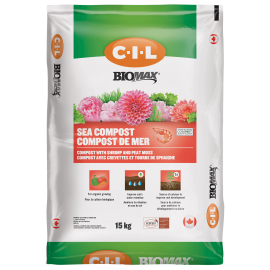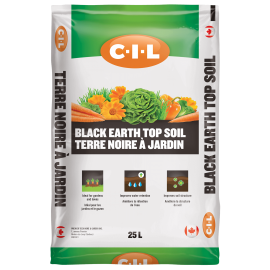Difference Between Aerating and Dethatching
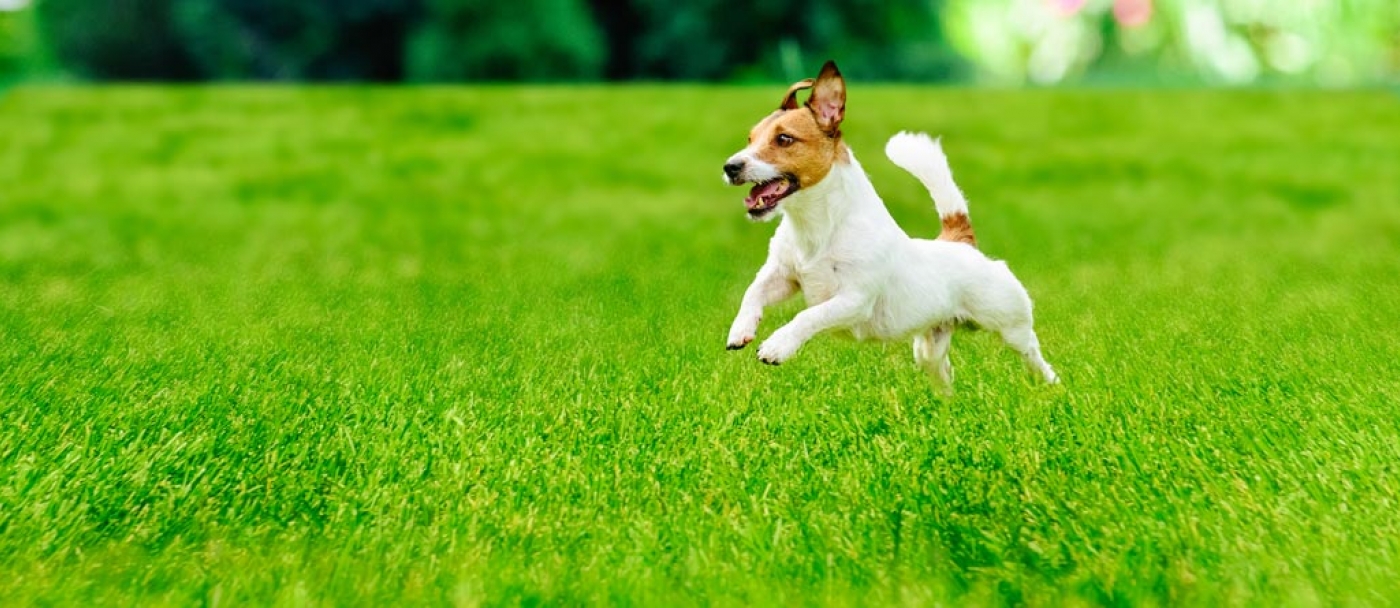
Homeowners often confuse aerating and dethatching. Although both are devised to improve the health of your lawn, the two activities are very different. Thatching is more involved and can be hard on your lawn. Aerating is a simpler process and grass rebounds quickly.
The following information will help you determine if your lawn needs to be thatched or aerated.
What is Dethatching?
Dethatching is the process of removing thatch -- the layer of dead stems, debris, and roots between the soil and the base of the grass.
Dethatching is usually done with a power rake, which uses knifelike blades to slice through the turf. However, if you have a small lawn and lots of energy, you can dethatch with a special dethatching rake.
When is Dethatching Needed?
A thin layer of thatch is normal and healthy. It insulates the soil, keeping grassroots warmer in winter and cooler in summer. It also helps block germination of weed seeds.
In general, dethatching isn’t needed unless the layer of thatch is more than 1.25 cm thick. Thatch any thicker than that can prevent air, water, and fertilizer from reaching the roots, and may also harbor disease and pests.
If water runs off without being absorbed into the soil, or if the thatch is so thick you can’t penetrate it with your finger, you may need to dethatch. If you aren’t sure, you can use a sharp tool to remove a chunk of lawn about 5 cm deep. You’ll be able to see the layers of soil, roots, thatch, and green grass.
What is Aerating?
Aeration pokes holes in the lawn and pulls out plugs of soil and turf, thus allowing water, nutrients, and air to reach the roots. The plugs are left on the lawn where they eventually decompose. Although there are various ways to aerate, the easiest and most effective way to get the job done is to rent an aerator.
When is Aeration Needed?
Foot traffic, mowing, feeding, and watering can cause the soil to become compacted over time. When this occurs, patches of your lawn may turn brown and thin, or may even die out if the roots can’t get enough moisture, fertilizer or air.
